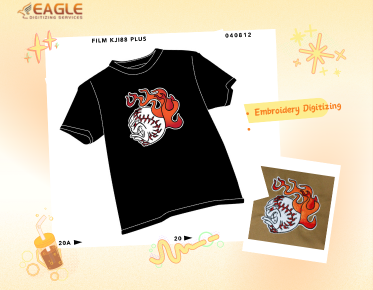Mastering Path Editing Tools for Optimizing Vector Graphics
In the world of digital design, vector graphics play a crucial role due to their scalability and precision. Understanding how to use path editing tools effectively can significantly enhance the quality and efficiency of your vector graphics projects. Whether you're a seasoned designer or a beginner, mastering these tools is essential for creating clean, optimized designs. In this guide, we will explore various path editing techniques and tools that can help you adjust and optimize your vector graphics. For more insights on vector graphics, you can visit this resource.
Understanding Vector Graphics
Vector graphics are composed of paths defined by mathematical expressions, which makes them resolution-independent. This means they can be scaled to any size without losing quality, unlike raster images that can become pixelated. The core components of vector graphics include points, lines, curves, and shapes, which are manipulated using path editing tools.
The Importance of Path Editing
Path editing is crucial for refining vector graphics. It involves adjusting the paths that make up the graphic to improve its appearance and functionality. This process can include altering anchor points, adjusting curves, and simplifying paths to reduce file size and enhance performance. Effective path editing ensures that your vector graphics are not only visually appealing but also optimized for various applications.
Essential Path Editing Tools
Several tools are available for path editing, each offering unique features to enhance your vector graphics. Here are some of the most popular ones:
Adobe Illustrator
Adobe Illustrator is a leading vector graphics editor known for its comprehensive path editing capabilities. It offers tools like the Pen Tool for creating and editing paths, the Direct Selection Tool for adjusting anchor points, and the Pathfinder panel for combining shapes. These tools allow for precise control over your vector graphics, making it easier to create complex designs.
CorelDRAW
CorelDRAW is another powerful vector graphics editor that provides robust path editing features. It includes tools like the Shape Tool for manipulating nodes and curves, and the Knife Tool for cutting paths. CorelDRAW's intuitive interface makes it accessible for both beginners and experienced designers.
Inkscape
Inkscape is a free, open-source vector graphics editor that offers a wide range of path editing tools. It includes the Node Tool for editing paths, the Bezier Tool for creating curves, and the Path Effects feature for applying complex transformations. Inkscape is a great option for those looking for a cost-effective solution without compromising on functionality.
Techniques for Optimizing Vector Graphics
Optimizing vector graphics involves several techniques to ensure they are efficient and high-quality. Here are some key strategies:
Simplifying Paths
One of the most effective ways to optimize vector graphics is by simplifying paths. This involves reducing the number of anchor points and curves, which can decrease file size and improve performance. Most vector editing software includes a Simplify Path feature that automatically reduces complexity while maintaining the integrity of the design.
Using Layers
Organizing your vector graphics into layers can enhance both the editing process and the final output. Layers allow you to separate different elements of your design, making it easier to edit specific parts without affecting others. This organization also helps in maintaining a clean and efficient workflow.
Applying Path Effects
Path effects can add depth and interest to your vector graphics. These effects include transformations like warping, bending, and distorting paths to create unique visual styles. However, it's important to use these effects judiciously to avoid overcomplicating the design.
Advanced Path Editing Techniques
For those looking to take their vector graphics to the next level, advanced path editing techniques can offer greater control and creativity. Here are some techniques to consider:
Customizing Anchor Points
Customizing anchor points allows for precise adjustments to paths. By adding, deleting, or moving anchor points, you can refine the shape and flow of your vector graphics. This technique is particularly useful for creating intricate designs with smooth curves and sharp angles.
Utilizing Boolean Operations
Boolean operations involve combining multiple shapes to create complex designs. These operations include union, intersection, subtraction, and exclusion, which can be used to merge or cut shapes in various ways. Mastering Boolean operations can greatly expand your design capabilities.
Exploring Path Offsets
Path offsets involve creating parallel paths at a specified distance from the original path. This technique is useful for creating outlines, shadows, and other effects that add dimension to your vector graphics. Most vector editing software includes an Offset Path feature that automates this process.
Conclusion
Mastering path editing tools and techniques is essential for creating high-quality, optimized vector graphics. By understanding the capabilities of different software and applying effective editing strategies, you can enhance your designs and improve their performance. As the field of vector graphics continues to evolve, staying updated with the latest tools and techniques will ensure your designs remain cutting-edge. For professional vector conversion artwork services, Eagle Digitizing excels in delivering top-notch solutions, transforming creative visions into scalable designs.
.png)


